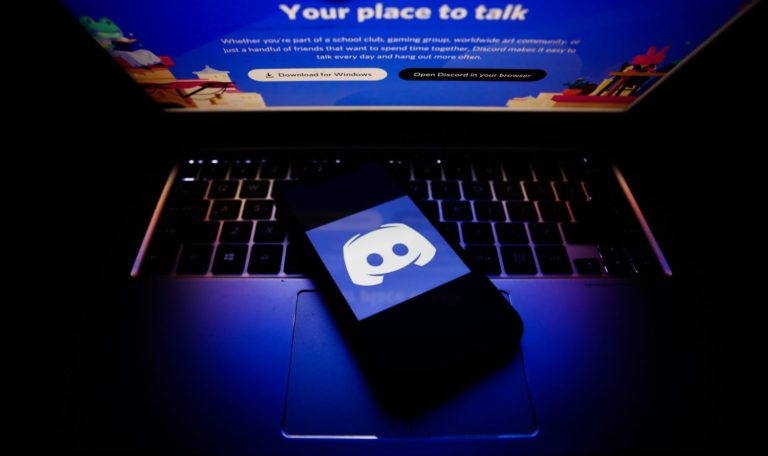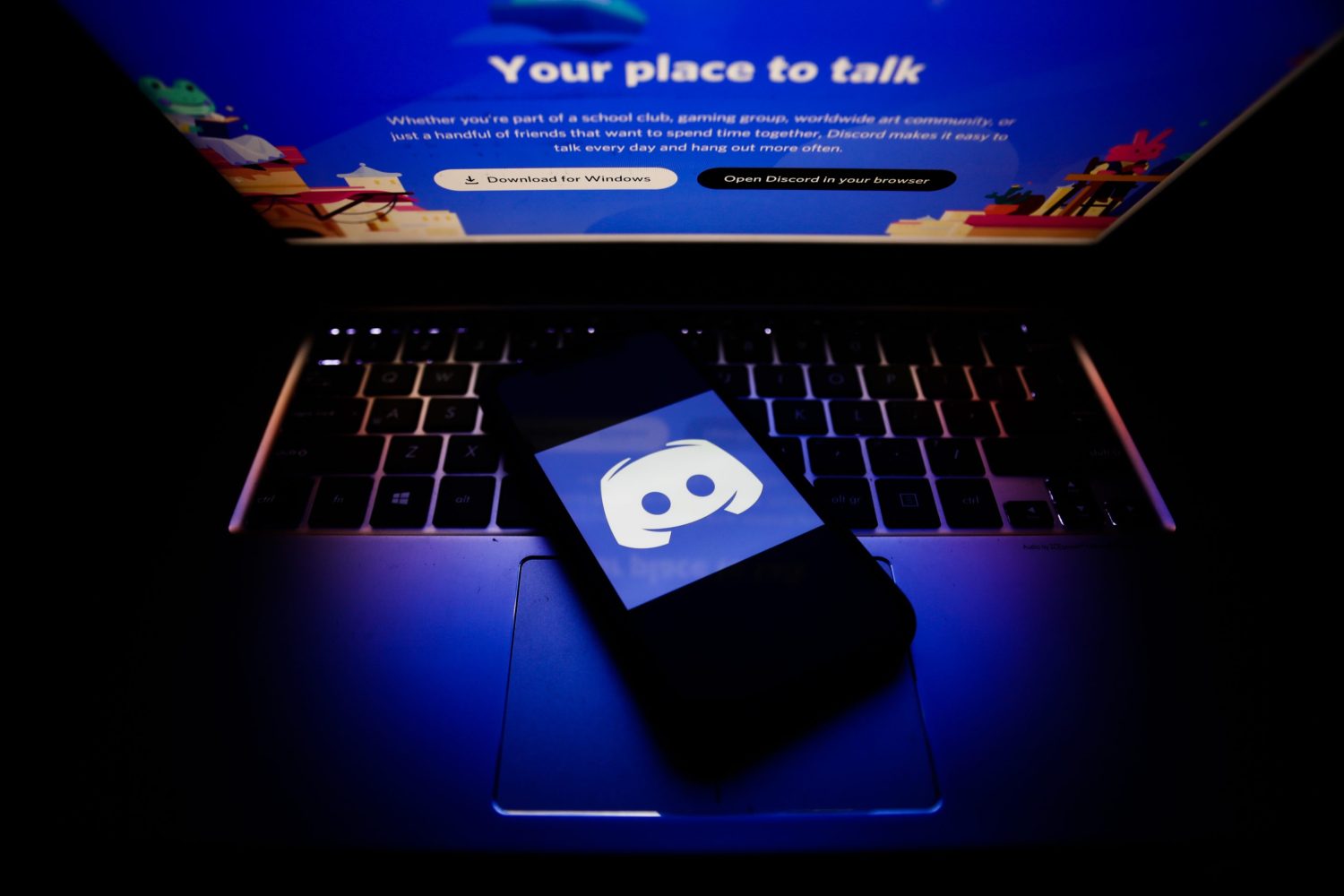Virtual Communities in Academic Spaces

“From Discords to virtual study sessions to simulated virtual classrooms, are virtual communities truly helping or are they too distracting?”
Whether you love or hate online school, there is no doubt that students have gotten very creative with building virtual communities throughout the pandemic. From Discords to virtual study sessions to simulated virtual classrooms, students have created digital substitutes for in-person social connection. While these virtual communities are not the same as in-person connections, they do provide some stability as students navigate the ever-changing experiences of online learning. However, these virtual communities raise the question: Have students been enjoying this social aspect of virtual school or have these communities made participating in school harder? It’s important to understand the complex ups and downs of virtual communities in academic spaces to reveal how they impact students.
The COVID-19 Omicron variant has stolen yet another semester from students—although there is hope to return to in-person learning soon—and students have had to adjust to virtual learning after a semester on campus. Students have had to continue ways to stay socially connected in the virtual realm. Discord chats are among the most popular virtual means of staying socially connected with classmates in academic spaces. These chats, often created in the first week of classes, are one of the very few ways students are able to stay connected with their classmates for the semester. Students use these chats for everything from casual comments about the weather to collectively freaking out about upcoming tests. All in all, they have provided virtual communities to help make online learning feel less isolating.
Often, the course Discord chat blowing up during class time is the only interaction among students in academic spaces for the whole week. This is incredibly difficult to ignore during class time. Are these virtual communities truly helping or are they too distracting? These virtual communities within academic spaces have put students in a tough situation with balancing their socialization and their academics. Many students have found themselves in the predicament of choosing between social interaction and actively focusing on lectures. Conversely, these chats are often the only things keeping classmates connected during these times, something that used to be achieved with the common four walls of a lecture hall. An increase in social interaction, mutual support, and overall mental health are just a few of the many positives to these virtual communities in academic spaces.
However, virtual lectures already require significantly more effort to stay focused and participate compared to in-person lectures. This is mostly due to the fact that virtual lectures are comprised of many black squares with names on them; that is the extent to which we get to know our classmates. With the introduction of virtual communities, from online group chats to virtual study sessions, the inability to remain focused and participate is further increased. Focusing on an online lecture full of black screens for classmates while typing in the course Discord chat is infinitely more difficult than having whispered conversations in a lecture hall while remaining attentive. With cameras off and microphones muted, students are constantly having to worry about missing out on what could be their only social interaction with classmates for the week while simultaneously worrying about missing out on important lecture material.
In my experience as a third-year commuter student, I have found it nearly impossible to get to know my classmates during online learning. Virtual communities have been incredibly important to stay connected with fellow students in academic spaces, despite them coming with the cost of lost focus. Outside of academic spaces, there are virtual communities that bring people together but students need the same social connectivity in academic spaces.
On one hand, these virtual communities have created social connectivity among students at a time where socialization and student life are at an all-time low. On the other hand, virtual communities require students to split their focus during lecture time, often making it more difficult to actively participate in classes. Despite the struggle to balance these positives and negatives, virtual communities continue to thrive in academic spaces, revealing the need to have at least a minor aspect of community and connection in academic spaces online while in virtual school.
